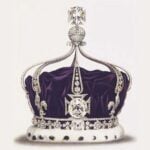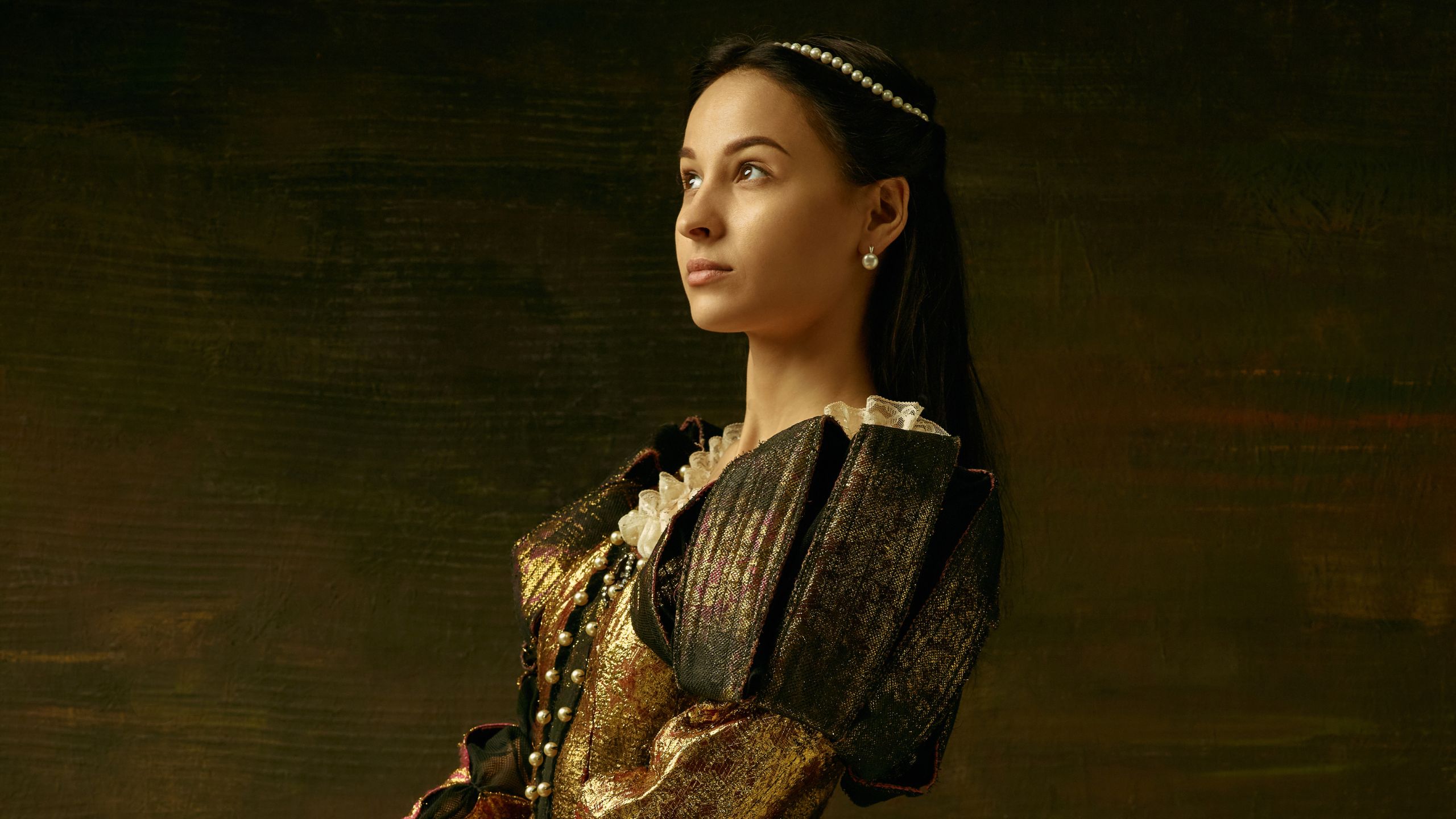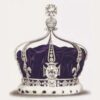Valentine’s Day is a celebration of love and gratitude for everyone in the 21st century. However, the tradition has drastically changed over the centuries.
The origin of the day of love stretches back to the 5th century, when Pope Gelasius banned the celebration of Lupercalia from Feb. 13 to 15. Following this, some historians surmise it was replaced with St. Valentine’s Day. However, the holiday didn’t become the romantic day we all know until the 14th century.
Valentine’s Day wasn’t exactly what you’d imagine during the medieval period. In fact, looking back, the feast of St. Valentine was associated with sexual mischief and what many would have deemed adultery to followers of monogamy. This ultimately led to the creation of “La cour amoureuse,” or the royal court of love, in 1400 by King Charles VI of France (via JSTOR).
Courts of love had already been present throughout Europe in the centuries prior, according to Peter Goodrich, who shed light on King Charles VI’s creation during an interview with Quartz. The courts were under the command of women, and cases varied from small lovers’ quarrels to those who had recently discovered their partners had been involved in an affair.
While it is difficult to surmise how much is factual regarding the love courts, Goodrich states that there is enough textual evidence to suggest that Charles VI held banquets during which the female officials would be chosen. The women selected to sit as judges used various sources to help during their trials.
One important treaty was “Tractatus amoris et de amoris remedio,” or “On Love and the Cure of Love,” first written by Andreas Capellanus in 1190.
Members of Charles’ court likely used the manuscript as it contained legal advice on how to deal with relationships that had gone awry. In one section of the Tractatus, it refers to playing hard to get as “the greatest crime,” according to Goodrich. The female judges vehemently opposed “a lack of passion or a lack of desire,” he continues. “It could include acting disrespectfully toward the lover, ignoring the lover in public, exposing the lover in public, attacking the lover unnecessarily or publicly.”
One unusual case recorded from the era centered on a man who embarrassed his lover in public. “A male lover came across his female lover in a park with a number of her friends and kissed her on the ear,” Goodrich said. “She complained to the court that it was an extreme act of inappropriate behavior, and his defense was that he came to whisper something in her ear and then tripped.”
The man was ordered by the court to communicate with the woman to “get approval for his passion” in the future.
In a simplistic summary, Goodrich said, “The purpose of the court was to expand the scope, range, and longevity of love. Anything that turned love into something else was frowned upon.”
































